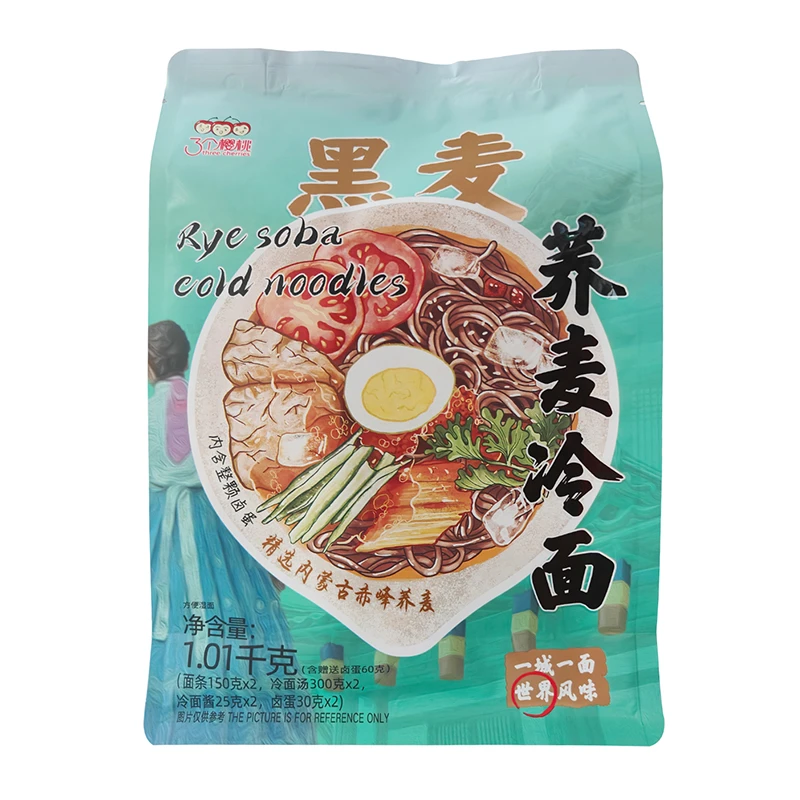what is the difference between bolognese and spaghetti?
The Difference Between Bolognese and Spaghetti
When it comes to Italian cuisine, few dishes are as well-known and loved as Bolognese and spaghetti. However, many people often conflate the two, assuming they are interchangeable or that one refers to the other. In reality, they represent different aspects of Italian culinary tradition, each with its own unique characteristics. Understanding the difference between Bolognese and spaghetti requires delving into the specifics of each term.
What is Bolognese?
Bolognese, or ragù alla Bolognese, is a traditional meat-based sauce originating from Bologna, Italy. It is typically made with a mixture of ground beef, pork, or veal, often combined with vegetables such as onions, carrots, and celery, which are sautéed in olive oil or butter. The sauce is then simmered slowly with tomatoes, white wine, and a splash of milk for added creaminess. The result is a rich, hearty sauce renowned for its depth of flavor.
Bolognese is more than just a topping for pasta; it is a carefully constructed sauce that evokes the essence of traditional Italian cooking. Chefs often dedicate hours to perfecting their Bolognese recipes, allowing the ingredients to meld harmoniously. It’s important to note that while Bolognese sauce can be served with various types of pasta, it is traditionally served with tagliatelle, a flat ribbon-like pasta that holds the sauce well.
What is Spaghetti?
Spaghetti, on the other hand, refers specifically to a type of pasta. This long, thin, cylindrical pasta is made from durum wheat semolina and water, resulting in a firm texture that can hold up well when cooked. Spaghetti is one of the most popular pasta shapes worldwide and is featured in countless Italian dishes. Its versatility allows it to be paired with a wide variety of sauces, making it a staple in many kitchens.
what is the difference between bolognese and spaghetti?

While spaghetti can be served with a myriad of sauces, including tomato-based sauces, oil-based sauces, and cream sauces, it is often associated with dishes like Spaghetti Aglio e Olio, Spaghetti Carbonara, and, of course, Spaghetti Bolognese. The latter is where the confusion arises; many people refer to spaghetti served with Bolognese sauce simply as spaghetti, which can lead to the misconception that the two are the same.
The Culinary Relationship Between Bolognese and Spaghetti
The main difference between Bolognese and spaghetti lies in their definitions one is a sauce (Bolognese), while the other is a type of pasta (spaghetti). However, their relationship is significant in the context of an Italian meal. When combined, Bolognese sauce and spaghetti can create a delicious dish, but it’s essential to recognize and appreciate the distinct roles each component plays.
The process of making spaghetti Bolognese is straightforward after preparing the Bolognese sauce, it is typically ladled over a serving of cooked spaghetti. While this combination is undeniably tasty, traditional Italian cuisine emphasizes the importance of pairing sauces with suitable pasta shapes. For Bolognese, tagliatelle or pappardelle is often preferred over spaghetti, as these broader noodles better capture the thick sauce.
Conclusion
In summary, Bolognese and spaghetti are both cherished elements of Italian cuisine, yet they serve different purposes. Bolognese is a rich meat sauce that requires careful preparation, while spaghetti is a specific type of pasta known for its versatility. Understanding these differences enhances our appreciation for Italian cooking as a whole and allows us to enjoy each component in its own right. Whether you’re making a classic Bolognese to serve with tagliatelle or a simple spaghetti dish with olive oil and garlic, each has its unique place on the Italian culinary spectrum. So, the next time you enjoy a plate of spaghetti Bolognese, remember to savor both the sauce and the pasta as individual stars of your meal.
-
Unleash Your Inner Chef with Delectable Italian Pasta CreationsNewsAug.01,2025
-
Savor Health and Flavor: Irresistible Soba Noodles for Sale Await!NewsAug.01,2025
-
Nourish Your Body with Premium Organic Ramen - A Culinary Delight AwaitsNewsAug.01,2025
-
Elevate Your Dishes with Our Exquisite Kinds of Egg NoodlesNewsAug.01,2025
-
Dive into Flavorful Convenience with Our Ramen OfferingsNewsAug.01,2025
-
Discover Exquisite Types of Naengmyeon and Chilled Soba NoodlesNewsAug.01,2025
-
Is Whole Wheat Pasta Healthy?NewsMay.30,2025
Browse qua the following product new the we

















































































































